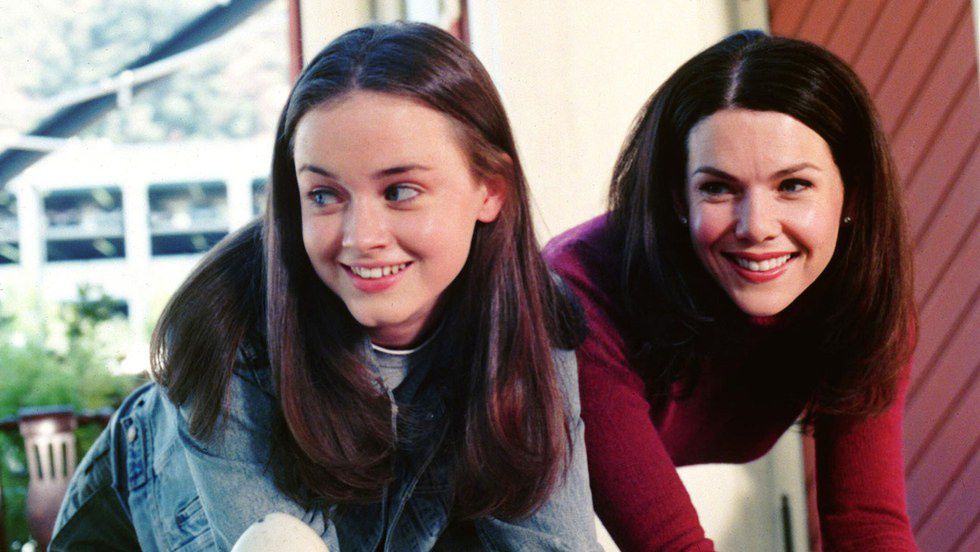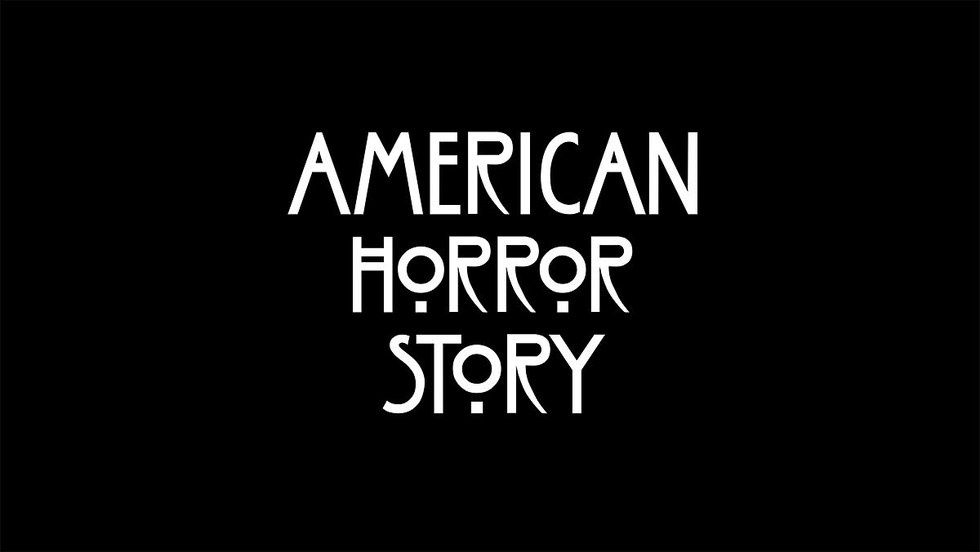While it is true that creativity and mental disorders such as pervasive depression disorder, bipolar disorder, and schizophrenia can coexist, that connection cannot be simplified in such a way as to imply that great art can only be inspired by great suffering. The factors that can provide that connection can come from inside the brain itself. The connection between creativity and mental disorders is complex and requires looking into it, not to find just the causation of creativity, but also about the process of its creation.
Creativity can only exist within mentally ill people when their ailments do not prevent them from doing so. Julia Wilde of Discovery News said eloquently that "Many creative types find themselves disabled by their disorders just as often as they are inspired by them." Not only that, but mental disorders are quite different in terms of how they impact the brain. In the case of depressives, since their prefrontal lobes are shrunken, they do not find satisfaction in anything. It is only when their dopamine levels increase that they become creative. Whereas, people with schizophrenia have incredibly high levels of dopamine and hyperactivity in the frontal lobe, which can result in blurring between reality and fiction.
In some ways, it can be argued that the stereotype of the "Tortured Artist" is itself harmful, as it only implies that creative people can only be taken seriously and their works can only be regarded with awe when they have a mental disorder. Although famous artists and writers such as Virginia Woolf, Ernest Hemingway, Edgar Allan Poe, and Vincent Van Gogh are the prime examples when it comes to this connection, it is not inherent within talented artists to have a mental disorder. According to Anthony Fantano, a well-known YouTuber who reviews music, who has more than one million subscribers, great art mainly consists of communication and skill.
It would make sense that people with mental disorders are more inclined to creativity, especially when these mental disorders consist of dwelling on negative thoughts and memories. By obsessing over them, they also include a myriad of solutions unique to those problems. It is even proven that the precuneus, the center of the brain responsible for retrieving those memories, remains active among creative people during the process of thought, whereas in any other normal functioning brain it remains deactivated. So the internal struggle may not simply be the inspiration for great works of art, but it is an assisting component. Not only does problem-solving become a major skill in this complex relationship, but Professor Nancy Andreason of the University of Auckland argued it also includes exploration, doubt, and curiosity.
Genetics may also play a role in mental disorders. A prime example would be the prevalence of suicide among Ernest Hemingway's own family members. As it turns out, in a study conducted on Icelanders, Swedes, and Dutch people, people in creative professions have a 17-25% greater chance of being diagnosed with a mental disorder than people in non-creative professions, and this was proven by examining the genetics of creative people when looking at the prevalence of bipolar disorder and schizophrenia.
These "tortured artists" do not gain their innovation because of their disease, rather they gain it to counteract the disease by compensating that temporary lack of dopamine with tremendous bursts of creativity. The concept of mental disorders include many types of that affect the brain in different ways, which adds to the complexity of the "Tortured Artist" connection. I will definitely say that mental illness is not something that can lead to great works of art, but great works of art can be the treatment. Adrienne Sussman, from the Stanford Journal of Neuroscience, agrees by stating "...instead of trying to eliminate them [mental illness] by medication, we should embrace these mental states as valuable in their own right." No amount of prescriptions and anti-depressants can fix the complexities that exist within mental disorders and art can provide an in-sight and, quite possibly, the remedy for them.





















